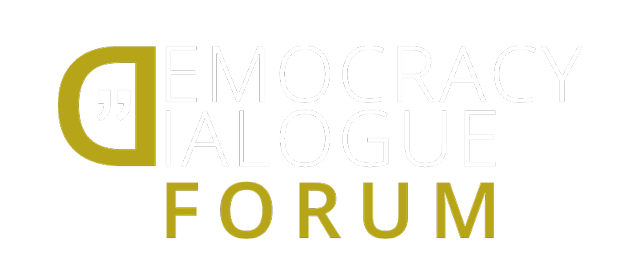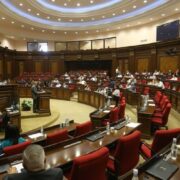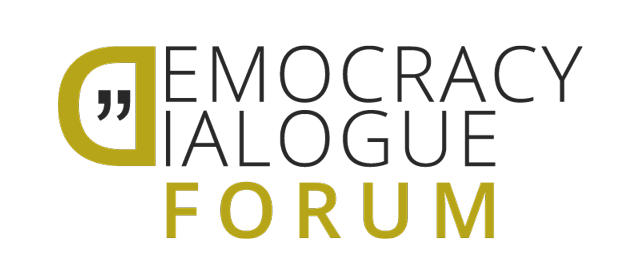Understanding Issues, Ideological Orientations and Polarization in Politics
In modern political discourse, issues and ideological orientations play a crucial role in shaping the dynamics of political debates and party platforms. Understanding how these orientations intersect with socioeconomic and sociocultural factors, as well as how they translate into specific concerns, is key to comprehending the complexities of contemporary politics. Furthermore, examining the concept of polarization, particularly through the perspective of Fiorina’s five claims, can provide valuable insights into the current state of political division.
Issues and Ideological Orientations
Issues can be defined as specific topics or areas of concern that drive political campaigns and shape public opinion. These issues can range from economic policies to social justice, environmental protection, and national security. Ideological orientations, on the other hand, refer to the broad philosophical frameworks or belief systems that individuals and political parties use to interpret and address these issues.
Speaking about issues, we can and should talk about cleavages, dichotomous issues in societies: City vs. rural areas, state vs. church, social security vs. economic freedom. Cleavages are often, not always addressed in political ideologies. However, ideologies are more abstract political concepts, a general worldview. Some of the known political ideologies are liberalism, conservatism, socialism different shades of these frameworks.
Socioeconomic and Sociocultural Orientations
Socioeconomic orientations reflect the perspectives and priorities individuals hold regarding economic matters. These orientations can include positions on taxation, welfare policies, income redistribution, and the size and role of government in the economy. Sociocultural orientations, on the other hand, encompass beliefs and values related to social and cultural issues such as gender equality, civil rights, immigration, and religious freedom.
Both dimensions, the socioeconomic and the sociocultural, can be categorized in right and left. Why left-wing policies are progressive in the sociocultural dimensions, they are socialistic, interventionistic in socioeconomic issues. Right-wing policies are related to conservatism/traditionalism in terms of sociocultural issues and to economic liberalism in terms of socioeconomic issues.
The Translation of Value Orientation into Specific Concerns
Value orientations inform individuals’ positions on specific issues. For example, someone with a conservative value orientation may prioritize a smaller government, lower taxes, and traditional family values. As a result, they may support policies that reflect these concerns, such as reduced regulations and restrictions on social issues. On the other hand, those with a progressive value orientation may emphasize social justice, equality, and environmental sustainability, advocating for policies such as higher taxes on the wealthy, comprehensive healthcare, and protection of marginalized communities.
Fiorina’s Five Claims on Polarization
Morris P. Fiorina, a prominent political scientist, outlined five key claims related to polarization:
- The political elites are polarized, but the public is not: This claim suggests that while party leaders and elected officials may exhibit stark ideological differences, the general public may hold more moderate or nuanced views, indicating that polarization is primarily concentrated within the political elite.
- Ideological polarization has not increased among the public over time: This claim argues that despite perceptions of growing polarization, public opinion has not become substantially more polarized. Rather, it suggests that party elites and media rhetoric contribute to the perception of polarization.
- Voters are more likely to identify as independent, not strongly affiliated with any political party: Fiorina’s claim suggests that a considerable portion of the electorate do not align strongly with either major party but may instead identify as independent or hold more moderate views.
- There is a disconnect between party platforms and public opinion: This claim asserts that party platforms often adopt more extreme positions than what the general public supports. Consequently, voters may feel unrepresented or alienated from the major parties.
- Interest groups drive polarization, not public opinion: According to Fiorina, the increasing influence of interest groups, particularly in campaign financing and advocacy, drives ideological polarization. These groups often play a significant role in shaping the policy agenda and pushing parties towards extreme positions.
Understanding Issues and Ideologies
Understanding issues, ideological orientations, and their intersections with socioeconomic and sociocultural factors is crucial in comprehending political dynamics. The translation of value orientations into specific concerns helps shed light on the policy preferences of individuals and groups. Additionally, Fiorina’s claims bring a nuanced perspective to the discourse on polarization, emphasizing the role of political elites, media, and interest groups in shaping perceptions of polarization. By critically analyzing these aspects, we can gain a deeper understanding of political divisions and work towards fostering constructive dialogue and evidence-based decision-making in democratic societies.






Comments